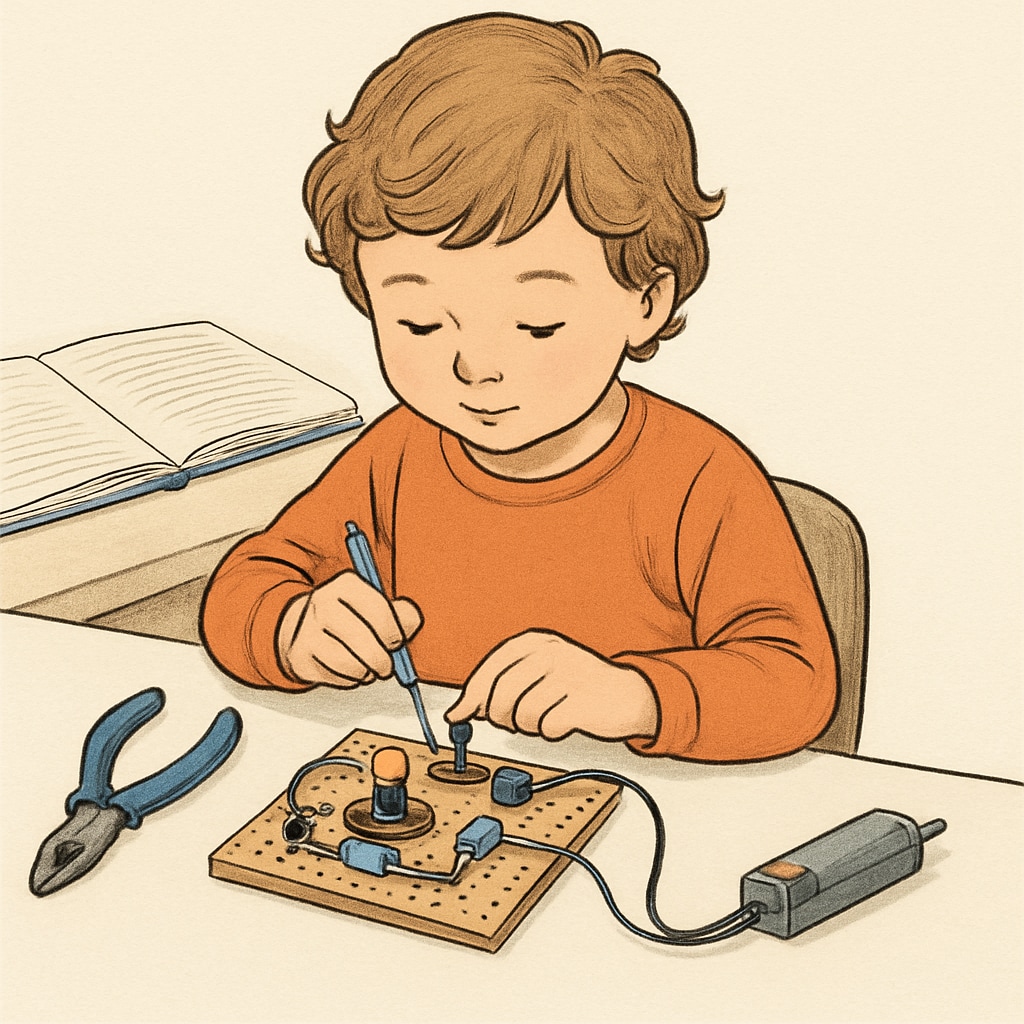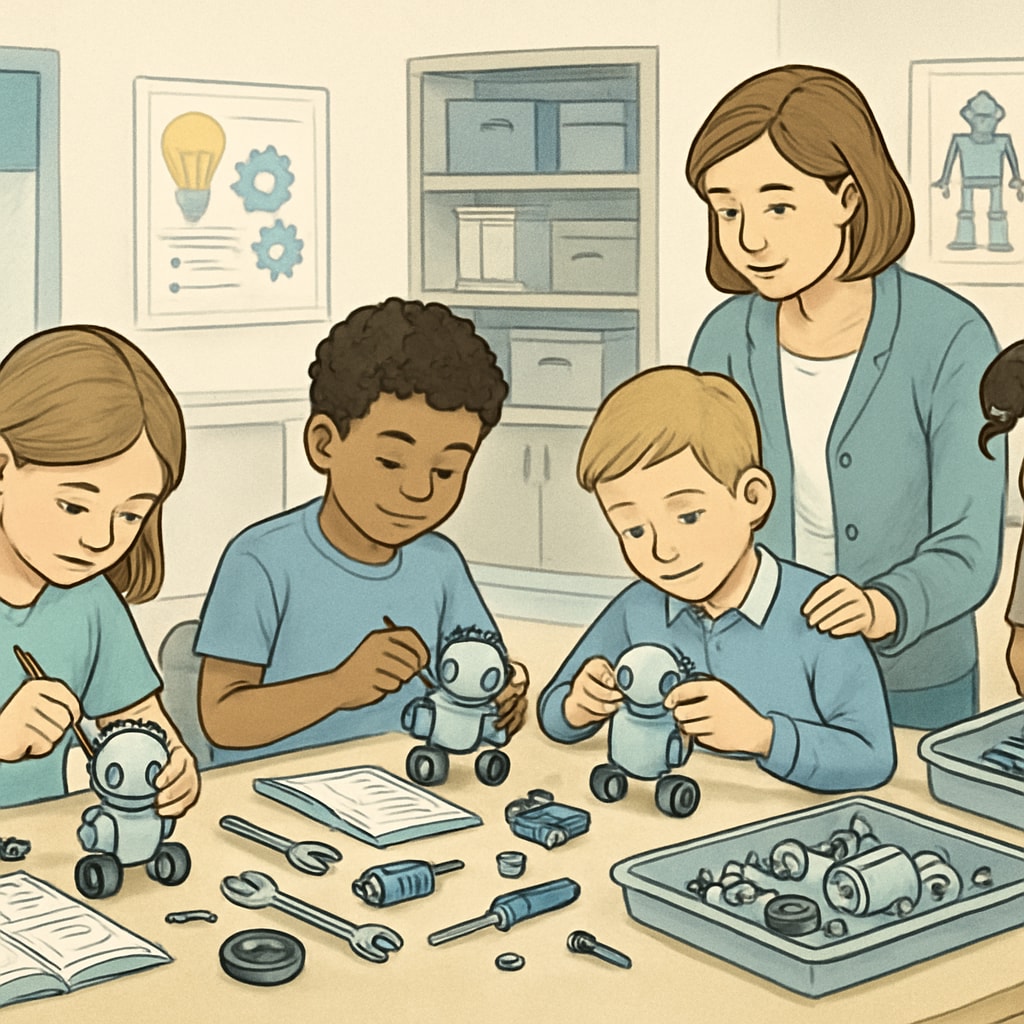When a 4-year-old displays an innate curiosity for building circuits, tinkering with robots, or creating imaginative contraptions, it’s a clear sign of early talent and a strong inclination toward creativity education. However, traditional teaching methods may not capture their interest or fully nurture their abilities. This article explores how parents can identify early talent, make informed educational choices, and strike a balance between structured learning and unstructured exploration.
Recognizing Early Creativity and Talent
Early signs of creativity often manifest as a passion for hands-on activities, problem-solving, and curiosity about how things work. For example, a child might spend hours taking apart toys to understand their mechanisms or building intricate structures with blocks. Recognizing these behaviors is the first step in supporting their development.
Research from Britannica highlights the importance of identifying a child’s unique learning style during early development. Some children thrive in environments that allow them to experiment and fail, while others benefit from guided instruction. Parents should observe their child’s preferences and adapt accordingly.

Balancing Structure with Exploration
One of the biggest challenges in creativity education is finding the right balance between structured learning and free exploration. While creative children benefit from experimenting, they also need foundational knowledge to expand their capabilities. For instance:
- Structured Activities: Enroll your child in STEM (Science, Technology, Engineering, and Mathematics) workshops designed for young learners. These programs introduce fundamental concepts in a fun and engaging way.
- Unstructured Play: Provide access to open-ended materials like LEGO, craft supplies, or basic robotics kits. Let your child lead the way in exploring their projects.
This combination encourages both skill development and independent thinking. Parents can also act as facilitators by asking open-ended questions like, “What would happen if we connected this wire here?” or “How else could you solve this problem?”
Choosing the Right Educational Environment
When selecting an educational path, it’s essential to consider options that align with your child’s interests while fostering their broader development. Here are some choices to consider:
- Montessori Schools: These schools emphasize self-directed learning and hands-on activities, making them ideal for children with a strong creative drive.
- STEM-Focused Programs: Look for preschools or extracurricular programs that integrate STEM education into their curriculum.
- Homeschooling: If traditional options feel limiting, homeschooling allows for a customized approach tailored to your child’s unique strengths and interests.
In addition, organizations like Maker Movement provide resources and community support for parents seeking innovative educational opportunities.

Encouraging Lifelong Creativity
As your child grows, maintaining their enthusiasm for learning and discovery is crucial. Here are some tips to sustain their creativity:
- Celebrate Effort, Not Just Success: Praise your child for trying new things, even if their projects don’t work out as planned.
- Create a Safe Space for Exploration: Allow them to make a mess, take risks, and learn from mistakes.
- Expose Them to Role Models: Share stories of inventors, engineers, and artists who turned their passions into impactful careers.
By fostering an environment that values curiosity and resilience, parents can lay the foundation for a lifelong love of learning and innovation.
Ultimately, nurturing creativity, early talent, and educational choices is about embracing your child’s unique potential. With the right mix of guidance and freedom, your little inventor can thrive both academically and personally.


